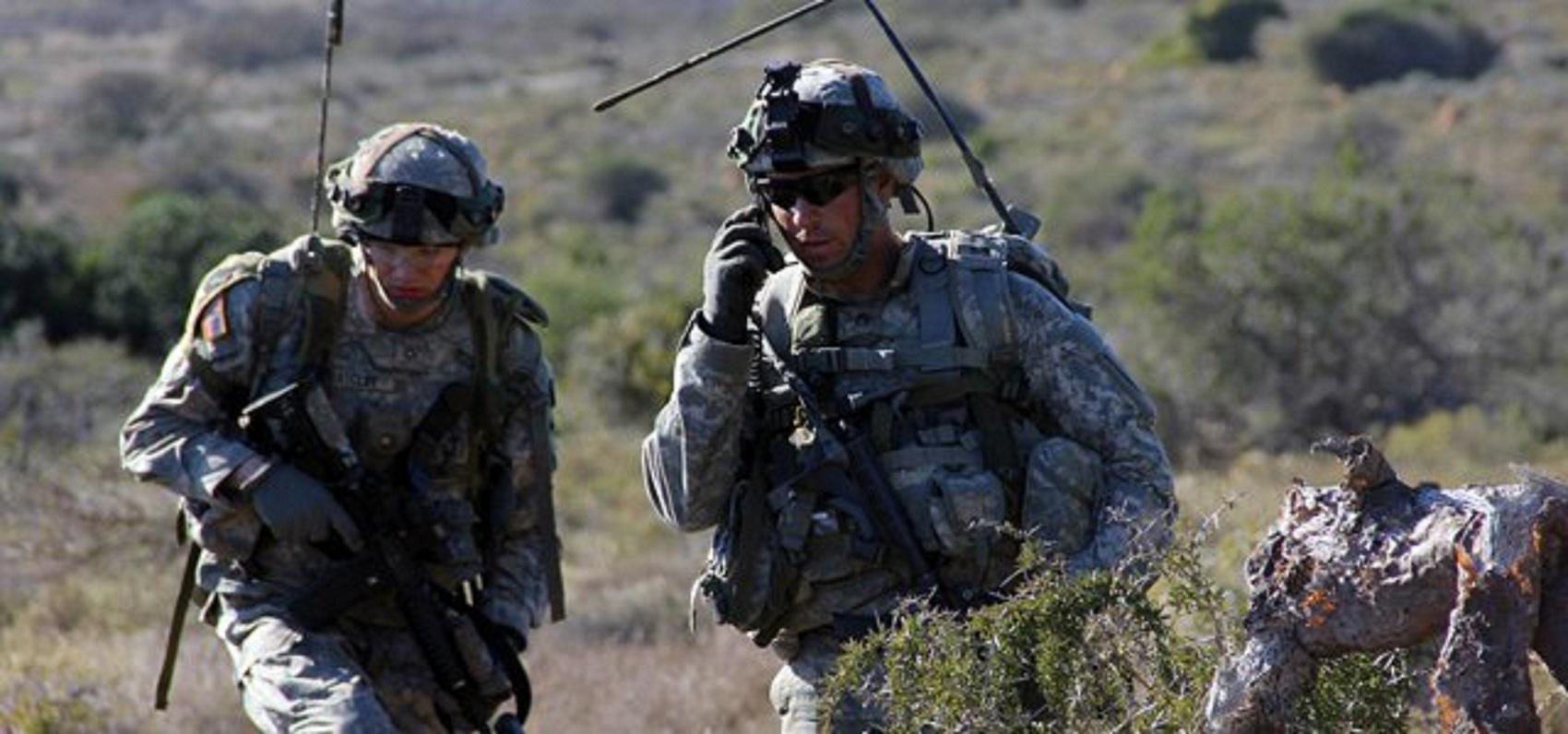
By Kathryn Bailey, PEO C3T Public Affairs ABERDEEN PROVING GROUND, Md. (October 17, 2018) – It’s not business as usual as the Army turns to non-traditional industry vendors to help…

By Kathryn Bailey, PEO C3T Public Affairs ABERDEEN PROVING GROUND, Md. (October 17, 2018) – It’s not business as usual as the Army turns to non-traditional industry vendors to help…

That sound you hear is the tick-tock of a super-accurate quantum clock, counting down the time until quantum information science enables a leap forward in cybersecurity, navigation, code breaking and…

by Mr. Steve Stark Dr. Elizabeth Mezzacappa could seriously hurt you. But if she did hurt you, it would be nonlethal and totally ethical (to understand why, you have to…

Dr. Philip Perconti leads the Army’s “corporate lab” with the intimate involvement of warfighters, businesses, academia and other labs in a high-stakes, high-risk, no-time-to-waste environment focused on finding and developing…
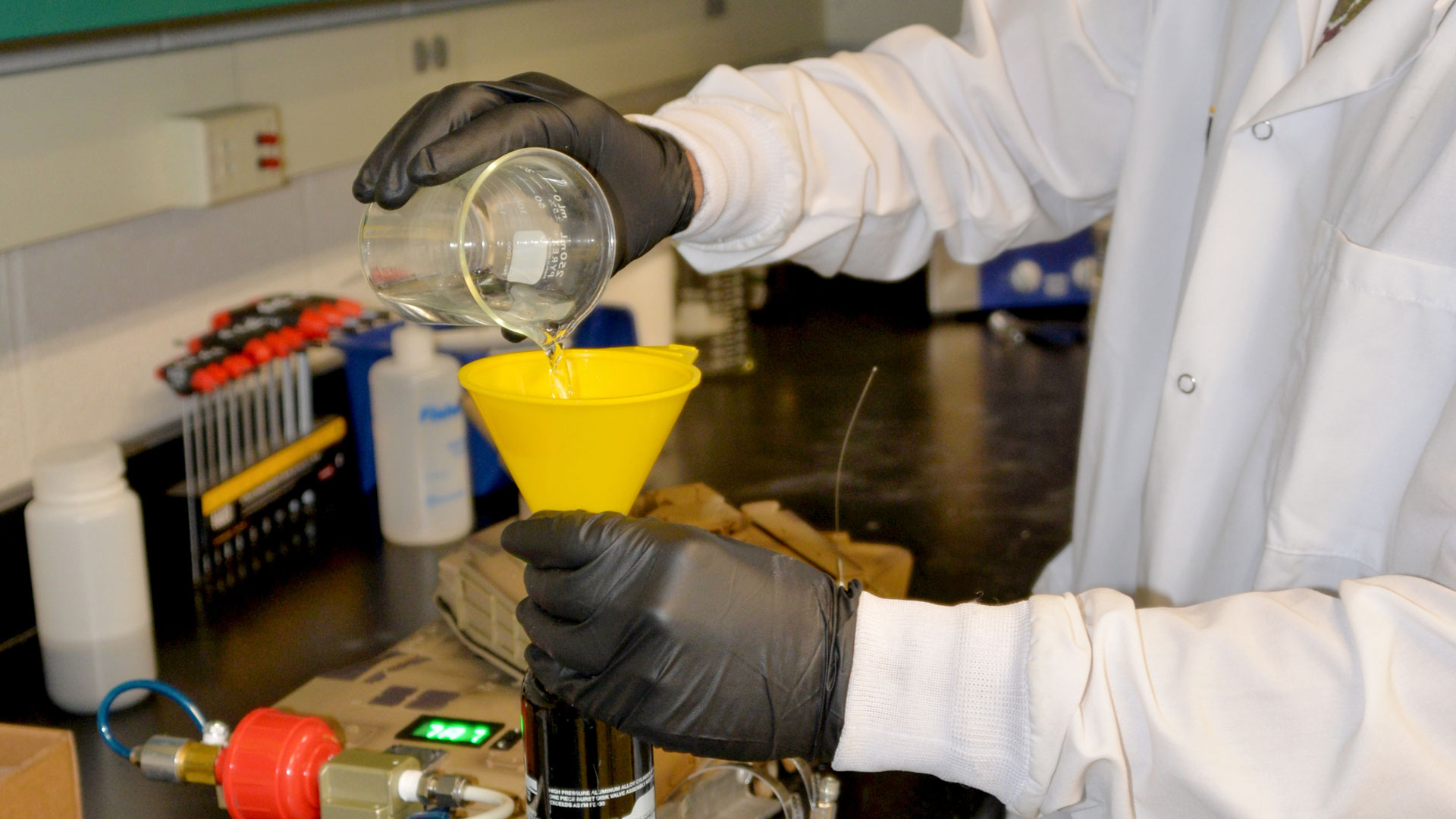
The Army Research Laboratory’s new nanomaterial paves the way for efficient and green energy solutions. by Ms. Jacqueline M. Hames Like many great scientific advancements, the U.S. Army Research Laboratory’s…

Ground Combat Systems’ Common Infrastructure Architecture integrates multiple systems and eliminates redundancies in fighting vehicles by using open architecture. Soldiers have an easier-to-use interface that the Army can reuse across…

What are hypersonic weapons, why does the Army want them, and are they as revolutionary as they sound? by Ms. Mary Kate Aylward 1998: U.S. intelligence locates Osama bin Laden…
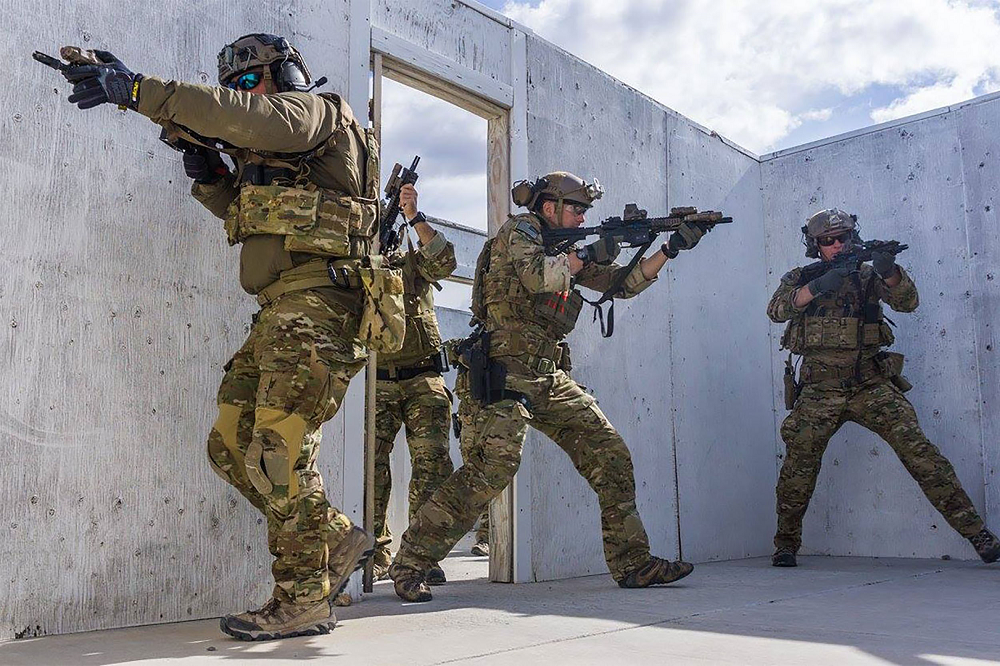
In the complex, digitally connected battlespace of the future, situational awareness will be the difference between victory and defeat. By optimizing current capabilities, developing new sensors and harnessing the power…

Experiments to test incremental solutions that will give joint forces more warning of chemical, biological, radiological and nuclear weapons on an accelerated timeline. by Mr. Richard Newton In an unpredictable…

by Dr. Gordon Cooke Science fiction becomes science fact. To build and buy the right things for the future, the Army’s developers and planners need to be able to envision…
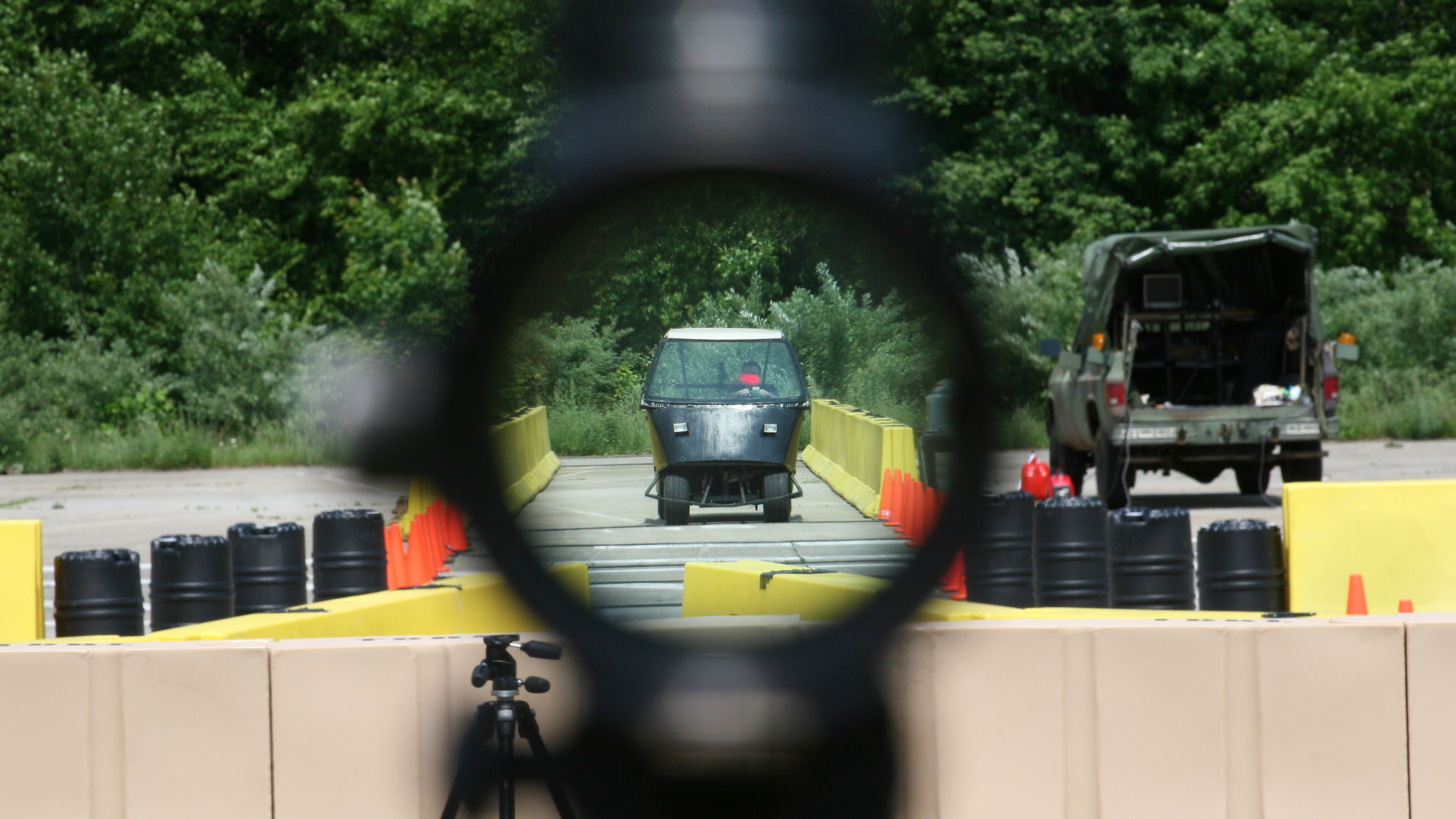
ARDEC test beds are laying the foundation for the future of the Soldier, one behavioral experiment at a time. by Dr. Elizabeth Mezzacappa The use of increasingly sophisticated tools over…


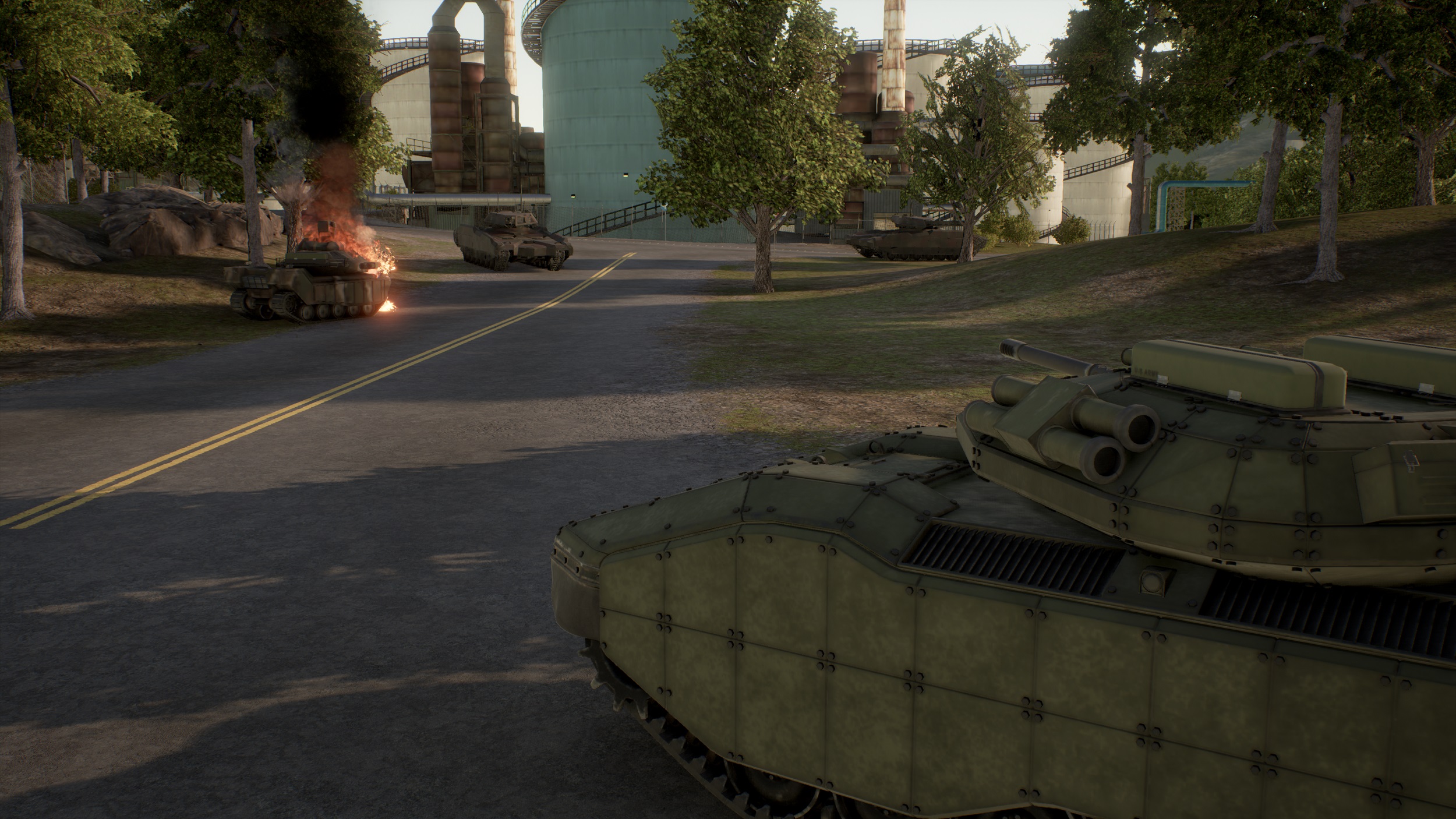
Game. Mission set. Overmatch. War game introduces early synthetic prototyping, which enables the Army to explore thousands more ideas than what is possible today before acquiring new capabilities. by Dr….
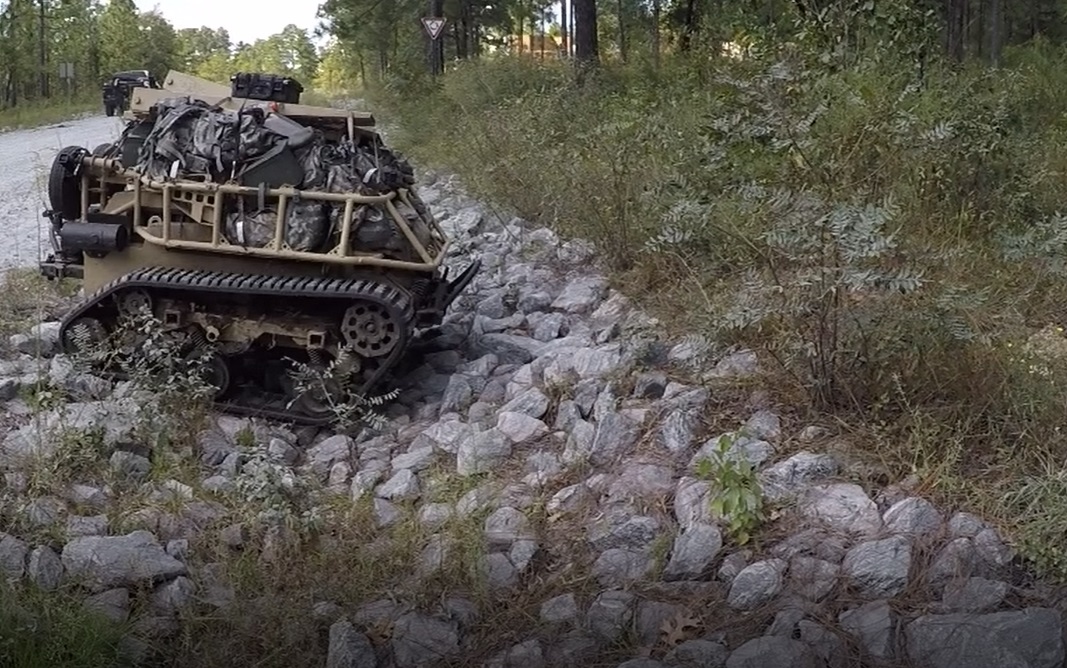
PEO CS&CSS product management team utilizes OTA, technical demonstrations and Soldier feedback to speed acquisition of robotic ‘mule.’ by Ms. Angela Schubel and Capt. Erika Hanson Current Army acquisition standards…

Reserve Component Automation Systems’ Agile Solution Factory derives maximum benefit from software development methodology to modernize effectively, fast and securely. by Mr. Stephen P. O’Brian and Ms. Angela D. Green-Mack…
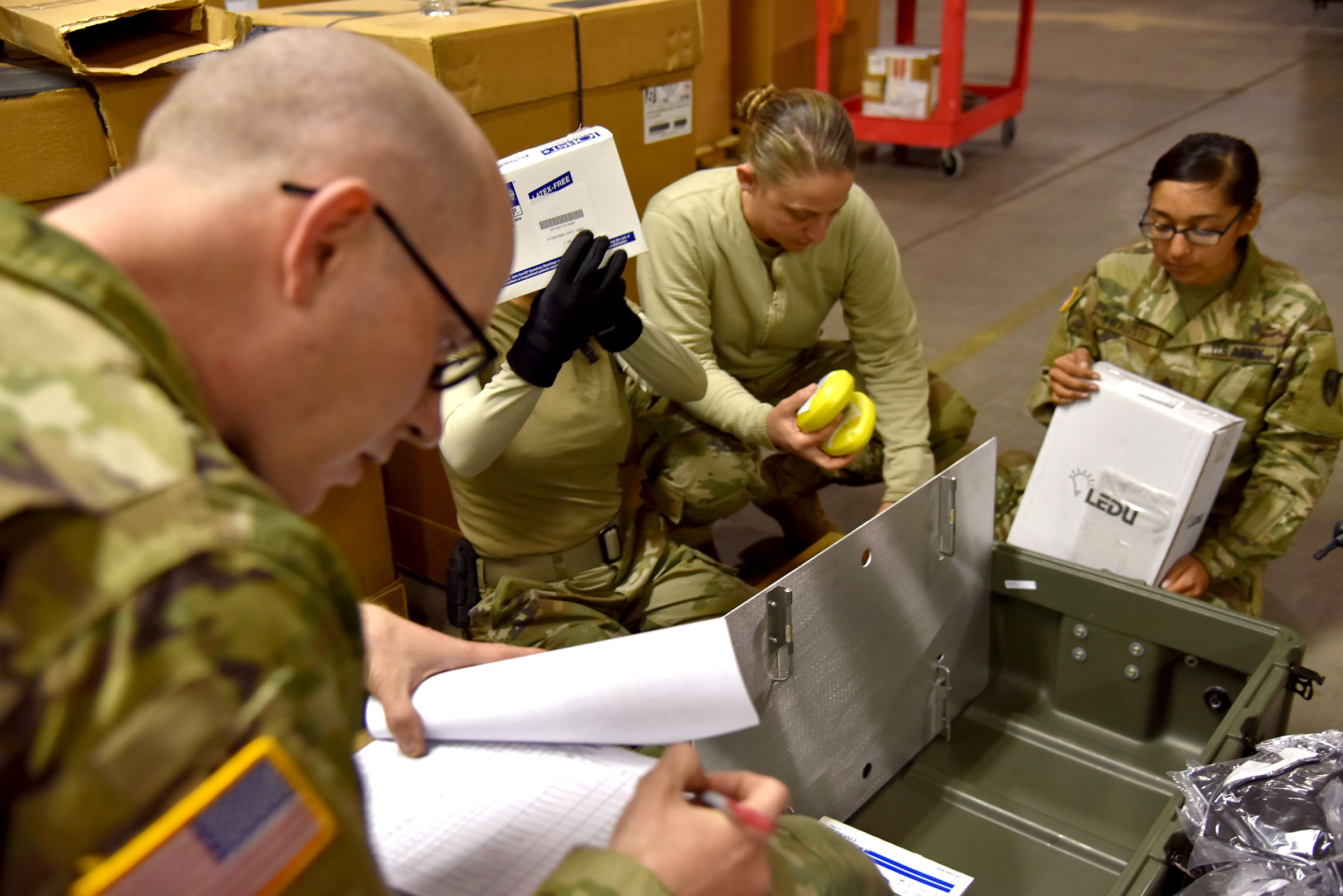
Army medicine stands up Medical Devices Modernization Directorate. by Mr. Doug Wright The Army’s modernization strategy has one focus: Make Soldiers and units more lethal to win our nation’s wars…
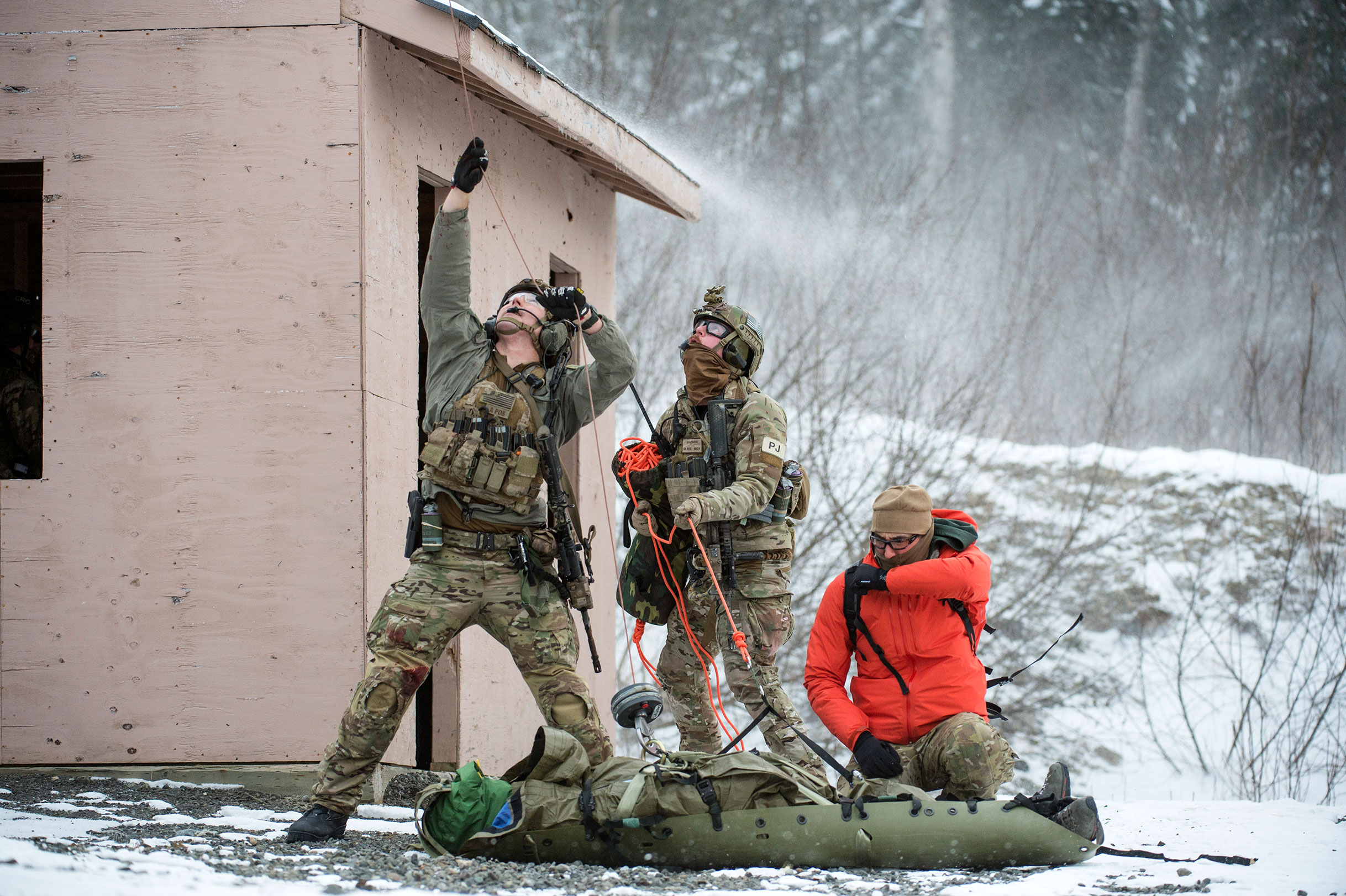
USAMRMC’s Combat Casualty Care Research Program pursues evolving medicine for an evolving battlefield. by Col. Michael R. Davis, Lt. Col. David S. Johnston and Mr. Ramin A. Khalili It wasn’t…

Congressionally directed medical research in areas such as cancer, neurological disorders, traumatic injuries and rehabilitative medicine traces its roots to breast cancer advocacy work launched more than a quarter-century ago….
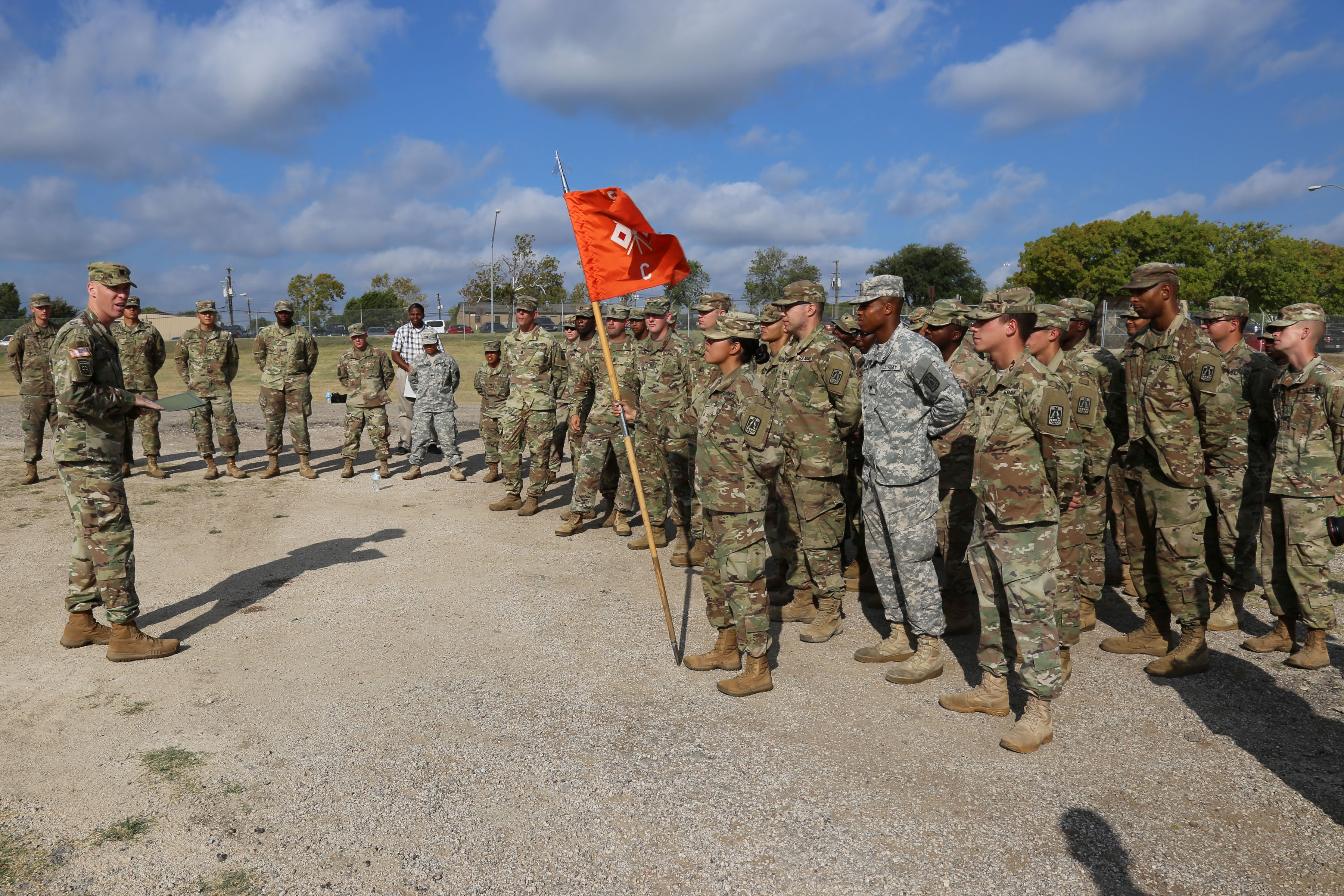
Even cutting-edge and high-tech systems are about people. Gathering Soldier feedback, implementing it quickly and then showing test units the improved product helped PEO C3T get a new expeditionary radio…

As CERDEC explores and tests technologies to modernize the command post, the focus is on keeping the commander close to the battle, and the warfighting information close to the commander….

Award-winning ManTech program to create a new kind of blast-resistant aluminum vehicle hull resulted from a variety of new and existing R&D. by Dr. Bryan Cheeseman During the autumns of…
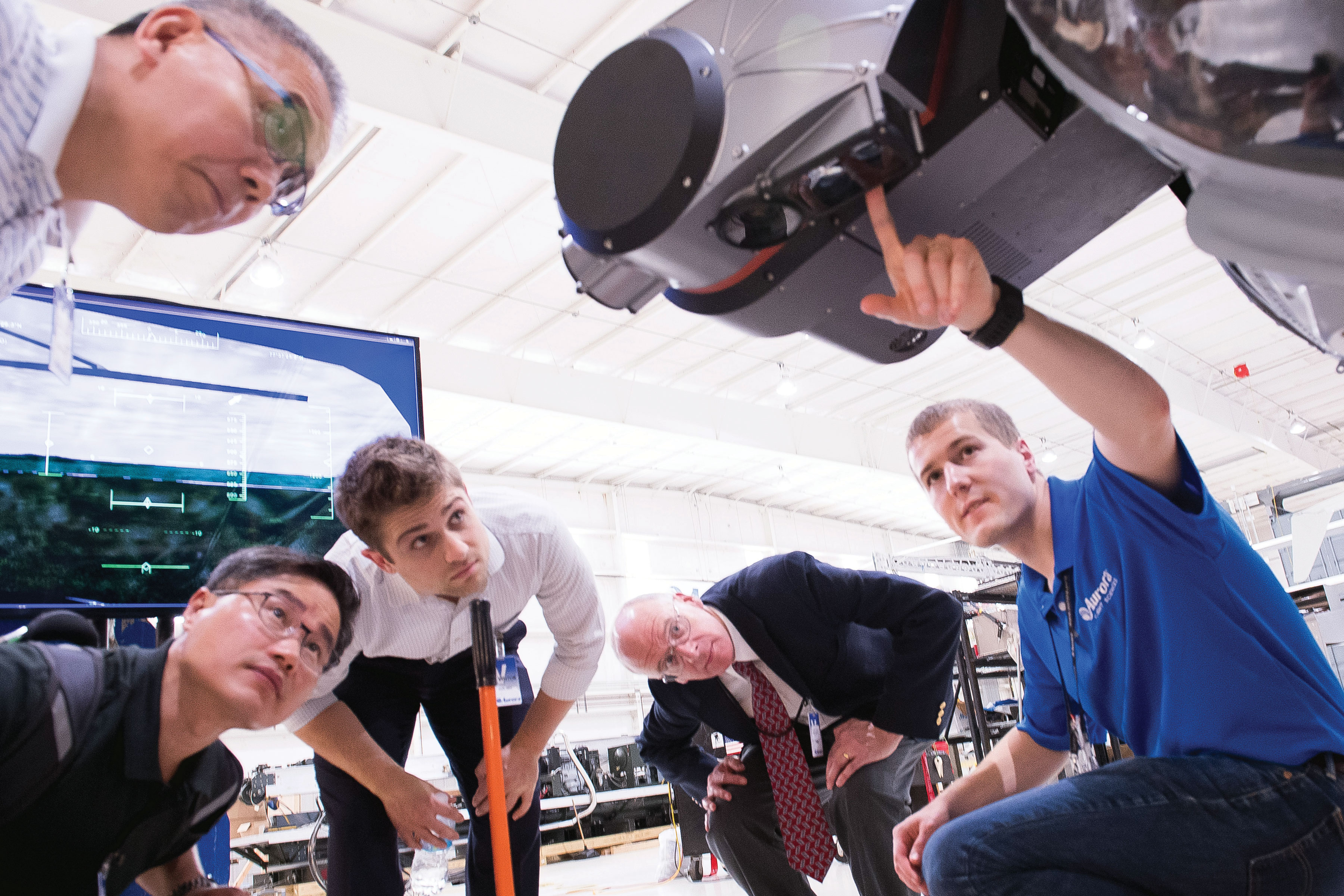
ARL implements a new business model to pursue collaboration with academia and industry in a 21st century research culture. by Ms. Wendy Leonard The U.S. Army of 2040 and beyond…
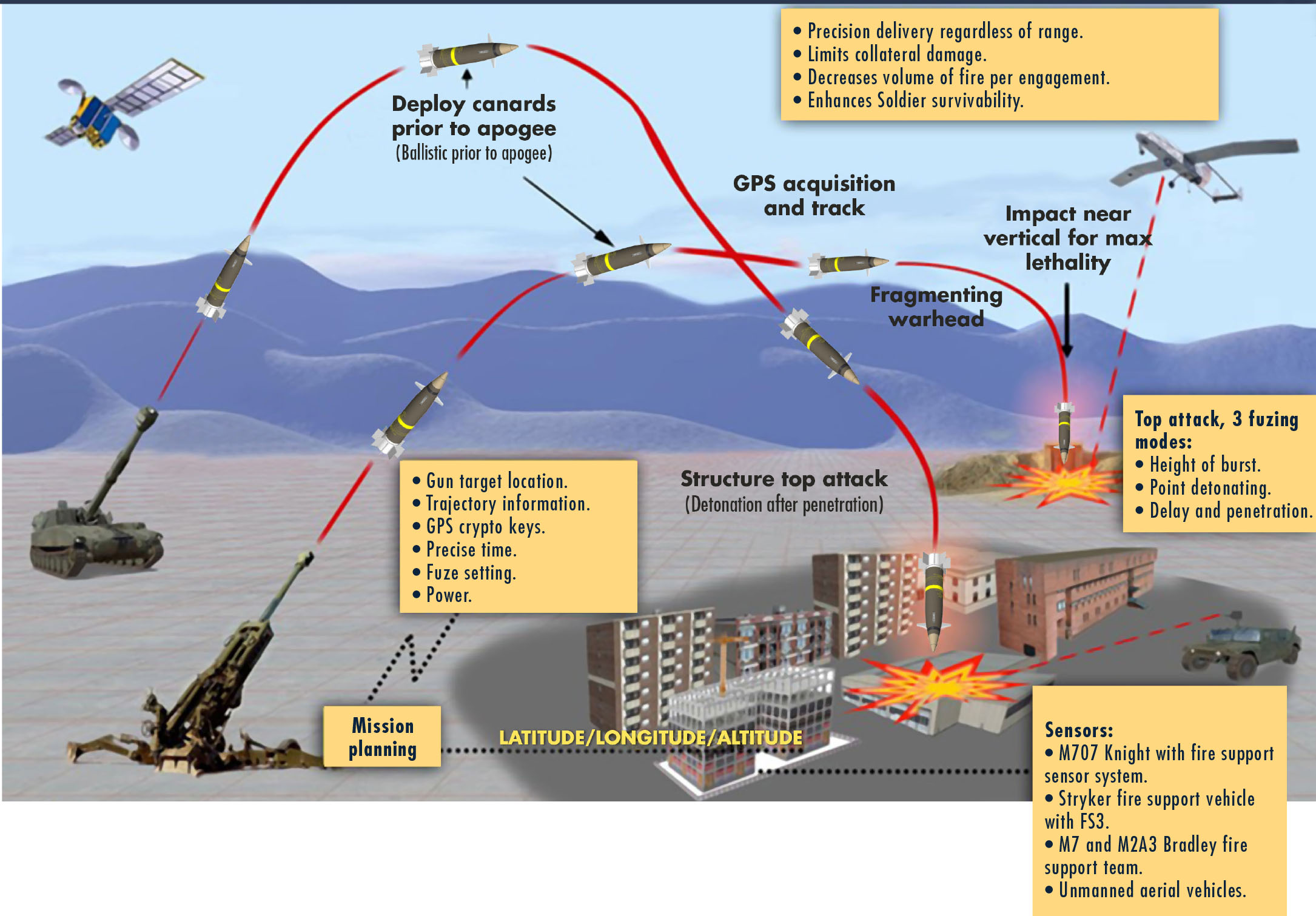
Modernization priorities spur the Army to take a more strategic approach to international engagement with S&T partners. by Dr. Arthur J. Goff III The future operational environment demands that the…

Bringing industry, academia, other government agencies, and international and nontraditional partners into the Army S&T enterprise. by Dr. Matt Willis The Army science and technology (S&T) program is critical to…
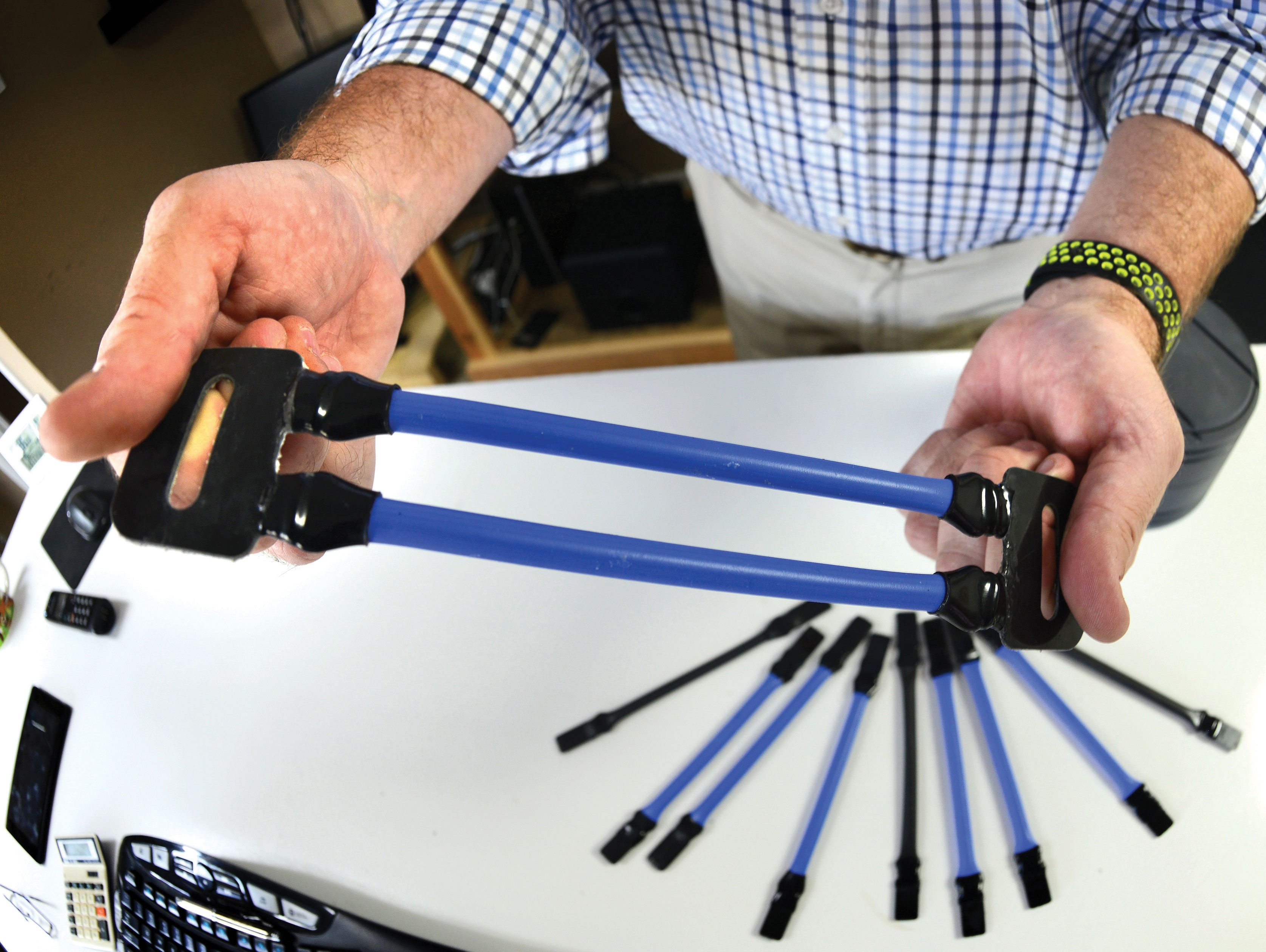
By Mr. Troy Carter In 2005, Russ Hubbard went through boot camp like everyone in the Army, and he saw fresh-faced recruits overheat even while they chugged canteens of water…

TechLink public-private intermediary helps small businesses access Army inventions, benefiting the U.S. military and the national economy. by Mr. Thomas Mulkern and Mr. Troy Carter Putting Army research and technology…

Attracting an elite cadre of scientists and engineers is essential for the Army mission; Army labs need to be able to offer better pay and shorter hiring timelines to do…
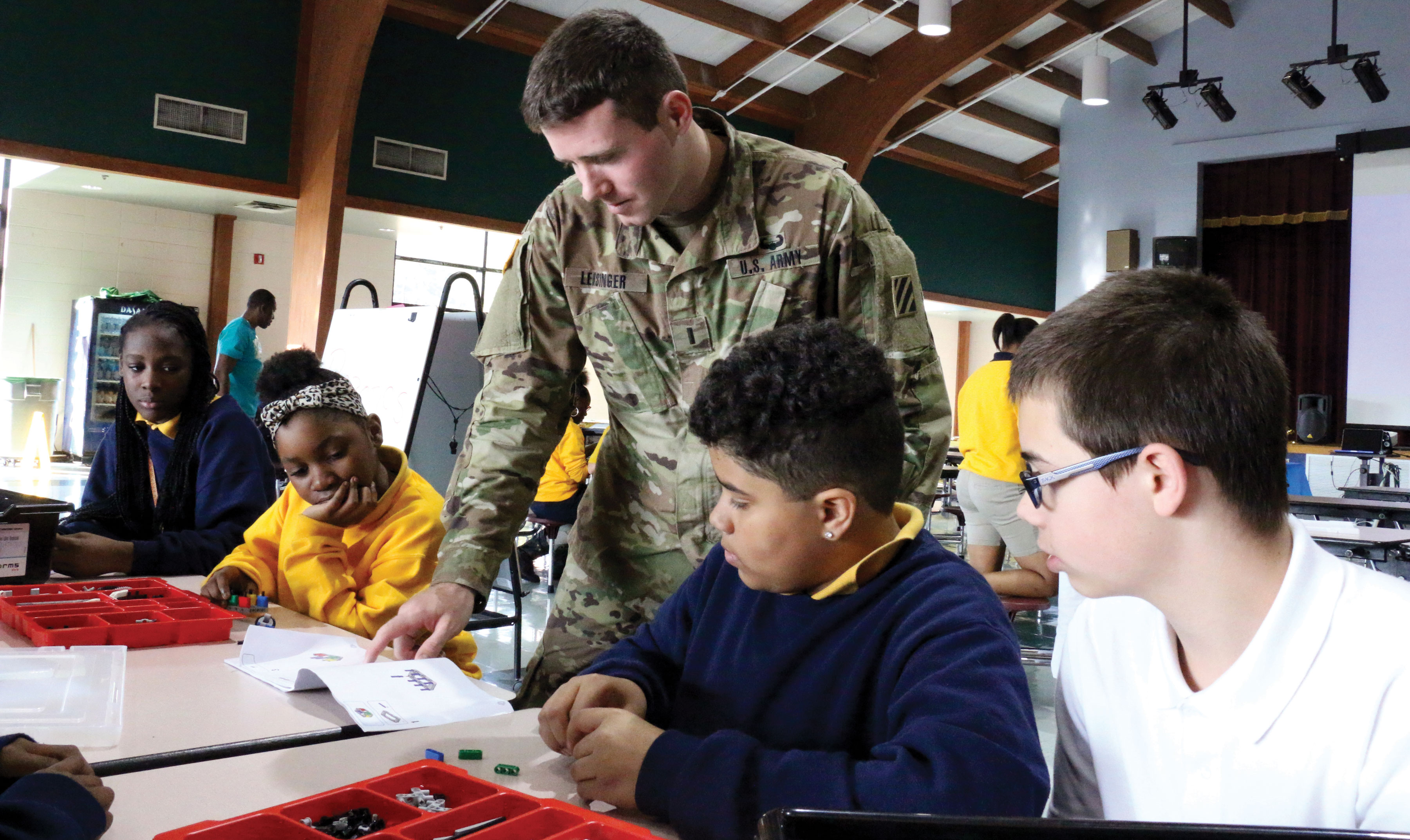
Army Educational Outreach Program aims to engage, inspire and attract the next generation of science, technology, engineering and mathematics talent. by Dr. Matt Willis The United States’ science, technology, engineering…

You need good labs and smart people to turn out good science and technology. If the Army wants innovative solutions backed by solid R&D, it needs to pay for them….

By Lt. Col. Kecia Troy, Ms. Carla Miller, Mr. Joshua Erlien and Dr. Christina Bates Industry Sustainment of Army Systems For the first time in our Nation’s history, our armed…

By John M. Spiller Thinking About Warfighting As a young Captain, I was assigned to the Command and General Staff College’s Doctrine Branch just two years after the 1982 Field…

With high-energy lasers, the Army looks to optimize lethality and efficiency against multiple threats and targets. by Dr. Kip R. Kendrick Solid-state laser weapons offer war-fighters unique capabilities for the…
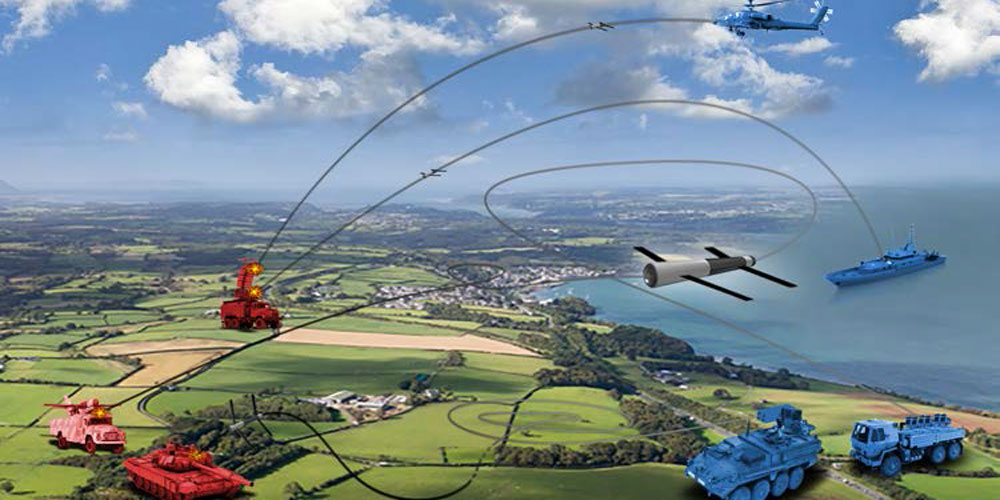
AMRDEC pursues two missile technology solutions to strengthen the Army’s hand in close combat. by Mr. Spencer Hudson and Mr. Shannon Haataja One of the top U.S. Army modernization priorities…
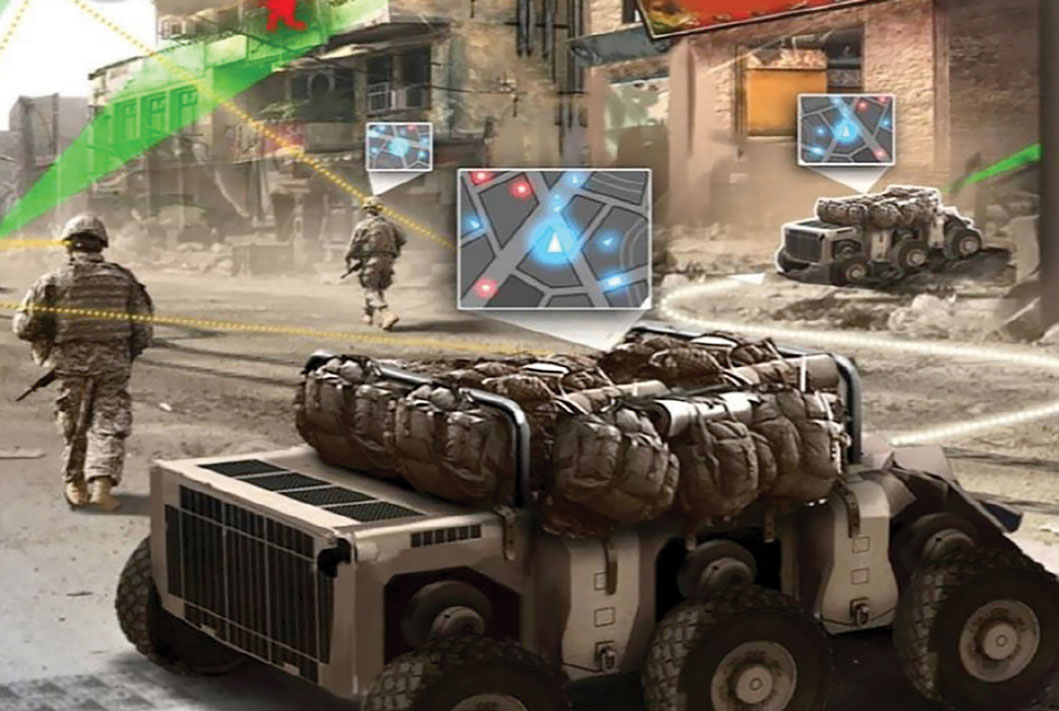
From the tangible to the cognitive, squad weapons to casualty care to performance-enhancing training, Army S&T is exploring and finding materials, technologies and methods in six focus areas to provide…